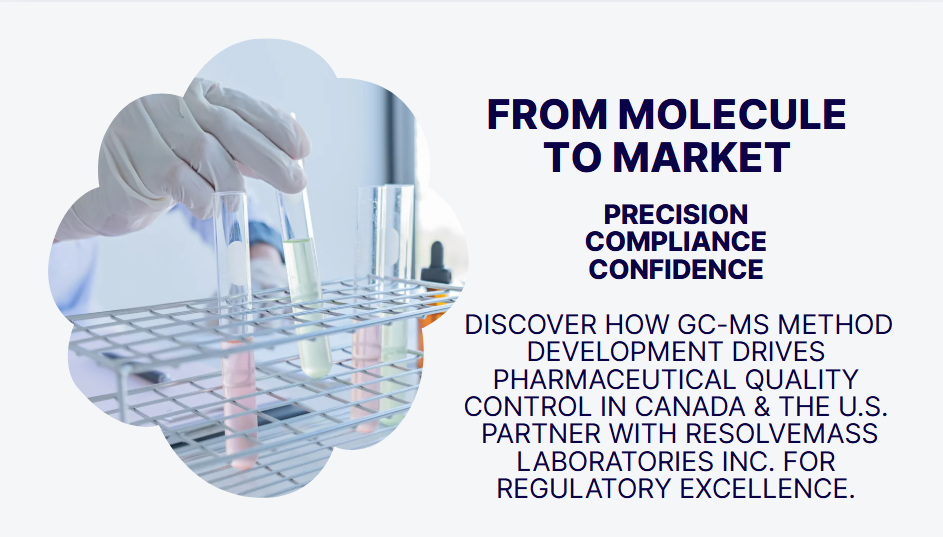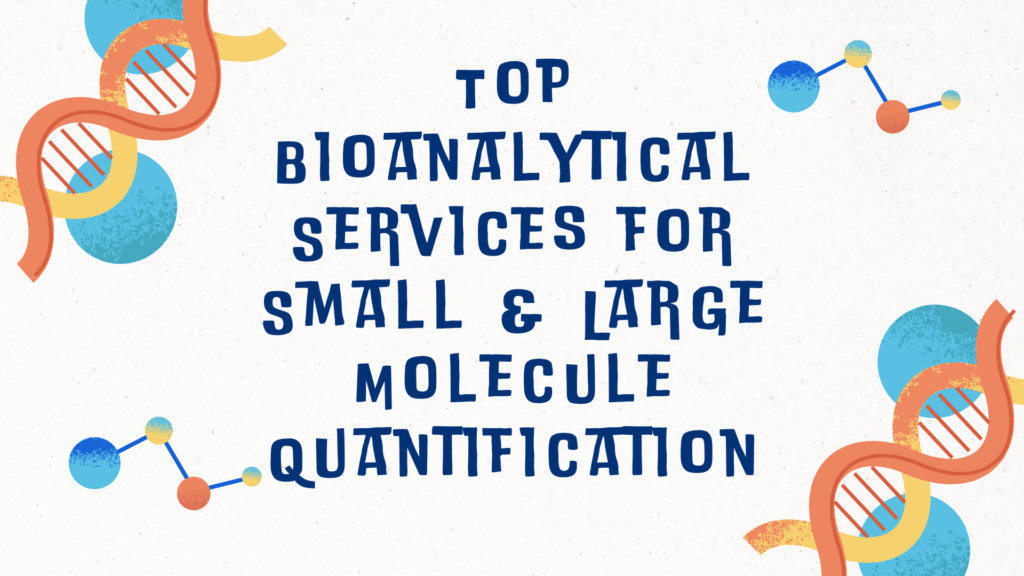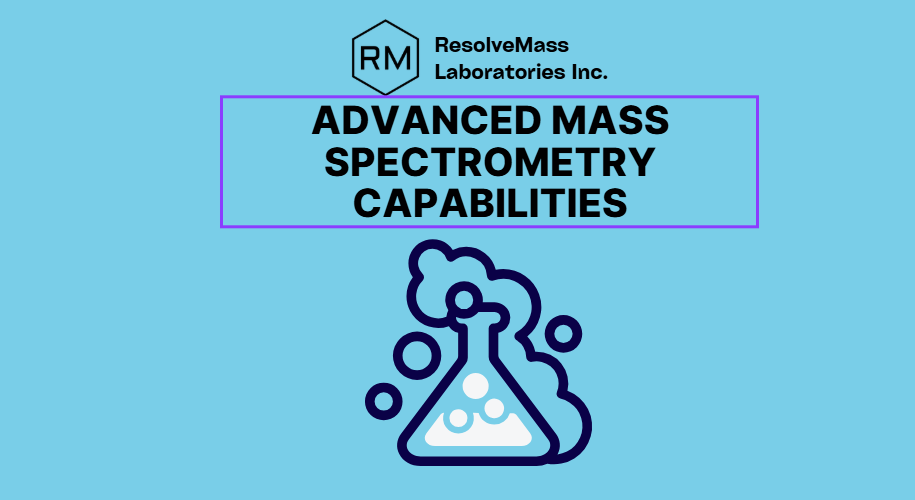
In the highly regulated pharmaceutical and chemical industries, regulatory compliance is not optional—it’s a legal, ethical, and scientific obligation. With the increasing complexity of formulations and rising demand for precision in analytical testing, GC-MS Method Development Service in Canada and United States has emerged as a cornerstone in achieving accurate compound identification, impurity profiling, and regulatory validation.
This blog explores how Gas Chromatography-Mass Spectrometry (GC-MS) plays a pivotal role in quality control (QC) and regulatory assurance, especially in pharmaceutical, food, cosmetic, and environmental testing. We will also cover how GC-MS method development services provided by advanced CROs like ResolveMass Laboratories Inc. ensure compliance with guidelines laid out by the FDA, Health Canada, ICH, and USP.
Why GC-MS Method Development Is Crucial for Regulatory Compliance
GC-MS (Gas Chromatography coupled with Mass Spectrometry) combines the separation power of gas chromatography with the analytical depth of mass spectrometry. When it comes to regulatory compliance, GC-MS is indispensable because it provides:
- High sensitivity and specificity for detecting volatile and semi-volatile compounds
- Quantitative analysis of target analytes down to parts-per-billion (ppb) levels
- Structural elucidation of unknown impurities or degradation products
- Comprehensive impurity profiling required under FDA and ICH guidelines
This analytical power is essential not only for new drug submissions but also for routine batch release, stability studies, and impurity investigations.
Regulatory Expectations: FDA, Health Canada, and ICH Guidelines
FDA Expectations
The U.S. Food and Drug Administration (FDA) requires comprehensive impurity identification and quantification under 21 CFR Part 211 for cGMP compliance. GC-MS helps in:
- Identifying residual solvents (ICH Q3C)
- Quantifying genotoxic impurities (ICH M7)
- Supporting stability studies
Health Canada
Canada follows similar guidelines as the FDA but adds another layer of documentation under the Drug Submission Application (DSA) and Notice of Compliance (NOC) processes. GC-MS data must be robust, reproducible, and validated.
ICH Guidelines
The International Council for Harmonisation (ICH) provides harmonized guidance for pharmaceuticals, notably:
- ICH Q3A/B (Impurities in Drug Substances and Drug Products)
- ICH Q2(R1) (Validation of Analytical Procedures)
- ICH M7(R1) (Mutagenic Impurities)
The use of GC-MS is cited across these documents for impurity profiling, especially for volatile or semi-volatile organic compounds.
Applications of GC-MS Method Development for Compliance
1. Impurity Profiling in Pharmaceuticals
Pharmaceuticals can contain impurities such as:
- Process-related impurities
- Degradation products
- Residual solvents
- Genotoxic impurities
GC-MS helps in profiling these to meet thresholds specified by regulatory bodies (ICH Q3A(R2)).
2. Residual Solvent Testing
The ICH Q3C guideline mandates the control of residual solvents used in synthesis. GC-MS provides:
- Identification of Class 1, 2, and 3 solvents
- Quantification at ppm or lower levels
3. Environmental Contaminant Testing
Environmental regulatory frameworks such as the Canadian Environmental Protection Act (CEPA) or EPA’s Clean Air Act often require the identification of volatile organic compounds (VOCs), which GC-MS can detect efficiently.
4. Food and Cosmetic Testing
GC-MS is widely used in:
- Flavor and fragrance profiling
- Pesticide residue analysis
- Contaminant detection in personal care products
These applications are governed by agencies like the CFIA (Canada) and USDA/FDA (United States).
What Makes a GC-MS Method FDA- and Health Canada-Compliant?
A compliant GC-MS method development service must ensure:
- Method validation as per ICH Q2(R1) guidelines
- System suitability testing to confirm instrument performance
- LOD/LOQ studies to determine sensitivity
- Robust SOPs and documentation for reproducibility
- Matrix-matched calibration and internal standards for accuracy
GC-MS at ResolveMass Laboratories Inc.: Service Features
ResolveMass offers a fully customized GC-MS Method Development Service in Canada and United States to support regulatory compliance. Key features include:
- Custom method development for API, excipients, or formulations
- Validated testing for cGMP and non-GMP environments
- Impurity profiling and residual solvent testing
- Quantitative and qualitative analysis
- Reporting aligned with FDA/Health Canada formats
- Data integrity standards as per ALCOA+ principles
Workflow of GC-MS Method Development for Regulatory Compliance
- Project Consultation
Understanding the matrix, target analytes, regulatory requirements. - Feasibility Study
Checking analyte volatility, thermal stability, and derivatization needs. - Method Design
Choosing appropriate columns, temperature ramps, injection modes. - Validation
Assessing specificity, linearity, accuracy, precision, and robustness. - Documentation & Reporting
Creating compliance-ready reports, chromatograms, and SOPs.
Success Stories from Canada and the United States
Case Study 1: Residual Solvent Profiling in Montreal
A Montreal-based generic drug manufacturer used ResolveMass’s GC-MS service to meet ICH Q3C thresholds, ensuring regulatory approval within 60 days.
Case Study 2: Unknown Impurity Identification in New Jersey
A biotech firm in New Jersey encountered a late-stage impurity during scale-up. ResolveMass identified it as a degradation product using GC-MS and provided mitigation strategies.
Why Choose ResolveMass for GC-MS Method Development?
- Expertise in Regulatory Frameworks
- Fast Turnaround Times (TAT)
- Advanced Instrumentation (GC-MS/MS, Headspace GC-MS)
- Project Confidentiality and Data Security
- Support for IND, NDA, ANDA Submissions
REFERENCES
- RANJAN S, Chaitali RO, SINHA SK. Gas chromatography–mass spectrometry (GC-MS): a comprehensive review of synergistic combinations and their applications in the past two decades. Journal of Analytical Sciences and Applied Biotechnology. 2023 Dec 30;5(2):72-85.
- Malabadi RB, Kolkar KP, Coronado KV, Chalannavar RK. Cannabis sativa: Quality control testing measures and guidelines: An update. World Journal of Advanced Engineering Technology and Sciences. 2025;14(01):110-29.
- Evans AM, O’Donovan C, Playdon M, Beecher C, Beger RD, Bowden JA, Broadhurst D, Clish CB, Dasari S, Dunn WB, Griffin JL. Dissemination and analysis of the quality assurance (QA) and quality control (QC) practices of LC–MS based untargeted metabolomics practitioners. Metabolomics. 2020 Oct;16(10):113.
Pharmaceuticals, food, cosmetics, environmental samples, and more.
Typically 5–10 business days, depending on complexity.
Yes, it is one of the most efficient techniques for unknown peak identification.
Absolutely. All reports follow the required regulatory format.
ICH Q3E Guideline for Extractables and Leachables: Complete Technical Breakdown for 2025
INTRODUCTION The ICH Q3E guideline for Extractables and Leachables provides the international standard for evaluating…
Extractables and Leachables (E&L) Testing in the USA vs. Europe: Regulatory Differences
INTRODUCTION Extractables and Leachables (E&L) Testing in the USA vs. Europe: Regulatory Differences is one…
The Role of Extractables and Leachables (E&L) in Carcinogenicity Risk
Introduction Extractables and Leachables Carcinogenicity Testing plays a vital role in protecting patients who rely…
Case Study: Forced Degradation Study of Gimeracil — Discovery and Structure Elucidation of Novel Impurities
Introduction Forced degradation studies are a cornerstone of modern pharmaceutical development, enabling scientists to intentionally…
Affordable Bioanalytical Services for Start-Up Biotech: What to Expect
INTRODUCTION Affordable bioanalytical services for start-up biotech companies provide the essential analytical support needed to…
Top Bioanalytical Services for Small & Large Molecule Quantification
Introduction Bioanalytical services for small & large molecule quantification are essential for ensuring precision, sensitivity,…







